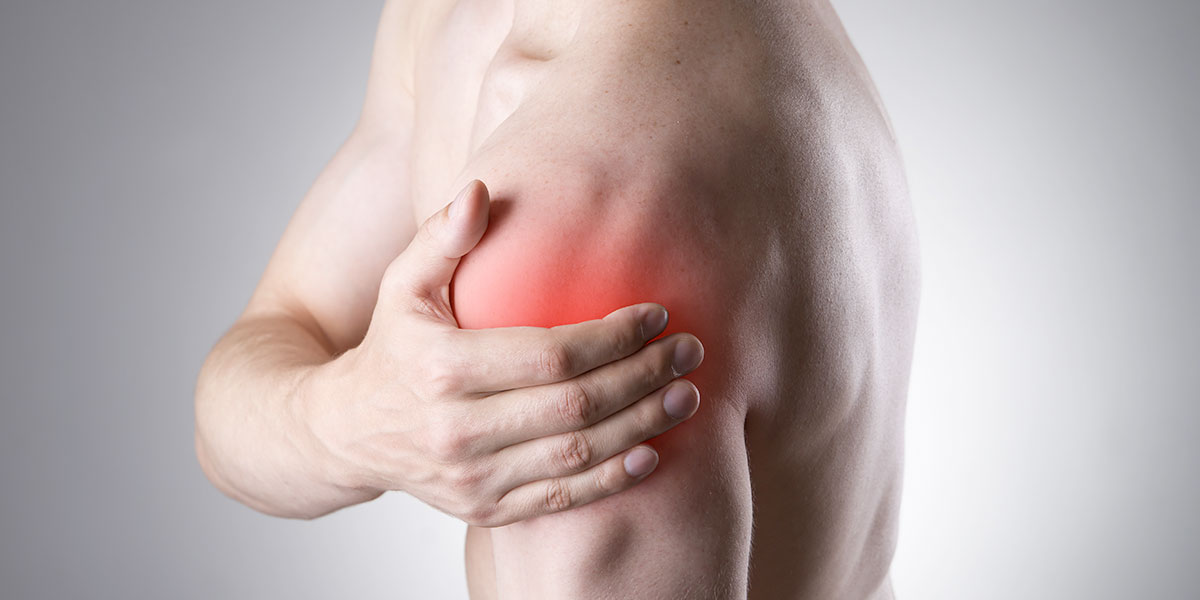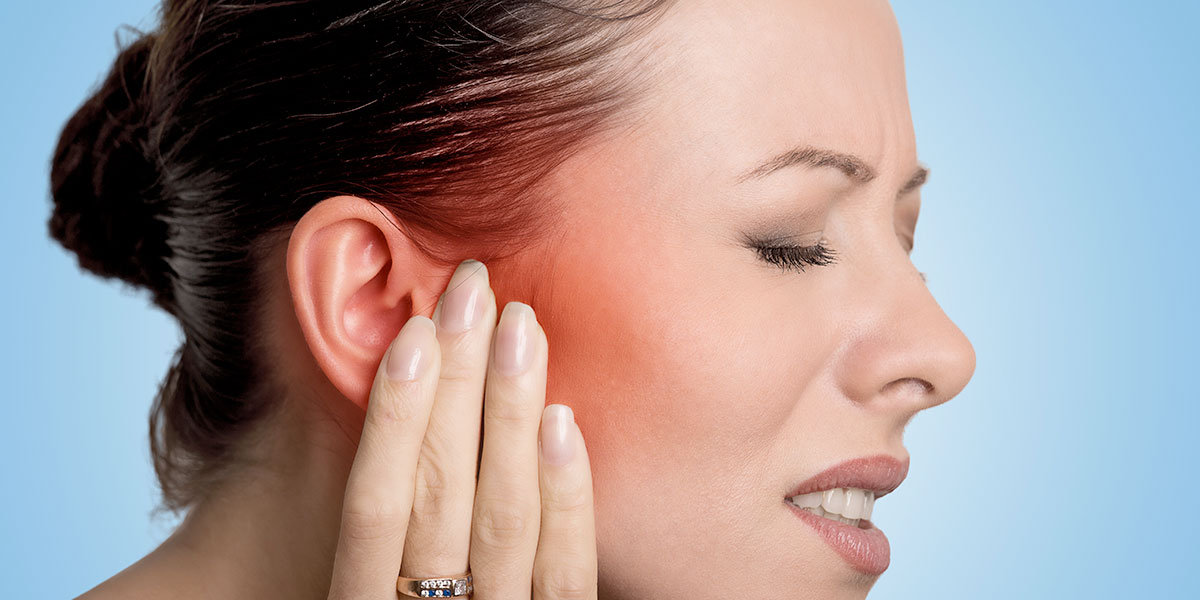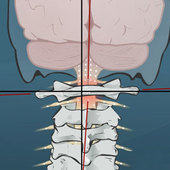-
Fibromyalgia

Fibromyalgia is a musculoskeletal condition that causes widespread body pain, stiffness, and fatigue. The exact cause of fibromyalgia is unknown; however, injuries to the upper neck are thought to be a contributing factor. Misalignment of the upper cervical spine can create communication interference between the brain and the body, which may contribute to the discomfort associated with fibromyalgia. Restoring proper alignment of the neck can help to reduce this interference and alleviate these symptoms.
-
Disc Herniations

In between each vertebra is a disc that functions as a shock absorber to reduce the impact of forces on the spine. As the spine twists and bends to adapt to postural stress it creates uneven force distribution on the discs, which can cause them to weaken and begin to bulge. If this stress continues it can ultimately result in a disc protrusion or herniation, nerve irritation, and neck or back pain. Ensuring proper alignment of the spine is vital to the health of the intervertebral discs and overall function of the spine.
-
Hip, Knee pain, Ankle, or Foot Pain

Poor posture can lead to unbalanced weight bearing forces on the joints of the lower extremity. This excess joint stress can eventually lead to tissue irritation, inflammation, degeneration, and pain. Good posture helps to minimize this joint stress.
-
Hypertension

Preliminary research has suggested a link between injuries to the upper neck and high blood pressure. The upper cervical spine is in close approximation to a part of the nervous system called the brainstem. The brainstem is a control center for several body functions, including blood pressure regulation. Misalignment of the upper cervical spine may influence the functioning of the brainstem and result in altered blood pressure regulation.
-
Sciatica

Sciatic pain is due to irritation of the sciatic nerve and can be caused by a disc herniation, injury in the low back, or a muscle spasm. Postural distortion creates increased stress on the intervertebral discs and muscle imbalances, which can predispose a person to experiencing sciatica. Correcting postural stress can help to alleviate this pain.
-
Shoulder Pain

Often structural imbalances in the neck lead to inappropriate muscle activation causing muscle tightness and stiffness. Several muscles of the neck connect to the shoulder girdle. Excess tension in these muscles can lead to discomfort and pain in the shoulder and upper arm. Correcting the underlying postural stress helps to reduce these muscular imbalances.
-
Tinnitus

Tinnitus, or ringing in the ears, is a disorder of the inner ear and can be influenced by several factors. Head and neck injuries can cause nerve irritation which can trigger the onset of tinnitus. Restoring proper alignment between the head and the neck helps to alleviate nerve irritation that may be contributing to your tinnitus.
-
Trigeminal Neuralgia

Trigeminal Neuralgia is a condition caused by irritation to the trigeminal nerve resulting in severe facial pain. The exact cause of this condition is unknown; however, one theory suggests that stress to the nerve pathways in the upper neck can trigger hyperactivity of the trigeminal nerve, resulting in excruciating pain. Correction of upper cervical misalignments can help to reduce nervous system irritation and restore proper nerve functioning.
-
Whiplash Injury

Whiplash type injuries can damage the muscles and ligaments of the neck allowing the vertebrae to slip into a misaligned position. In particular, the upper neck consists of the most unstable joints of the spine. Stress in this region can result in muscle stiffness, reduced range of motion, and nerve irritation if proper alignment is not restored. The NUCCA technique is a gentle and specific adjustment to correct misalignments in the upper neck and restore proper joint function.
By having a properly set vehicle headrest you can reduce your risk of sustaining a whiplash injury. Read more on appropriate headrest positioning.
- Home
- Looking For Help
- Team
- Community Initiatives
- Blogs
- Contact
- For Health Professionals


